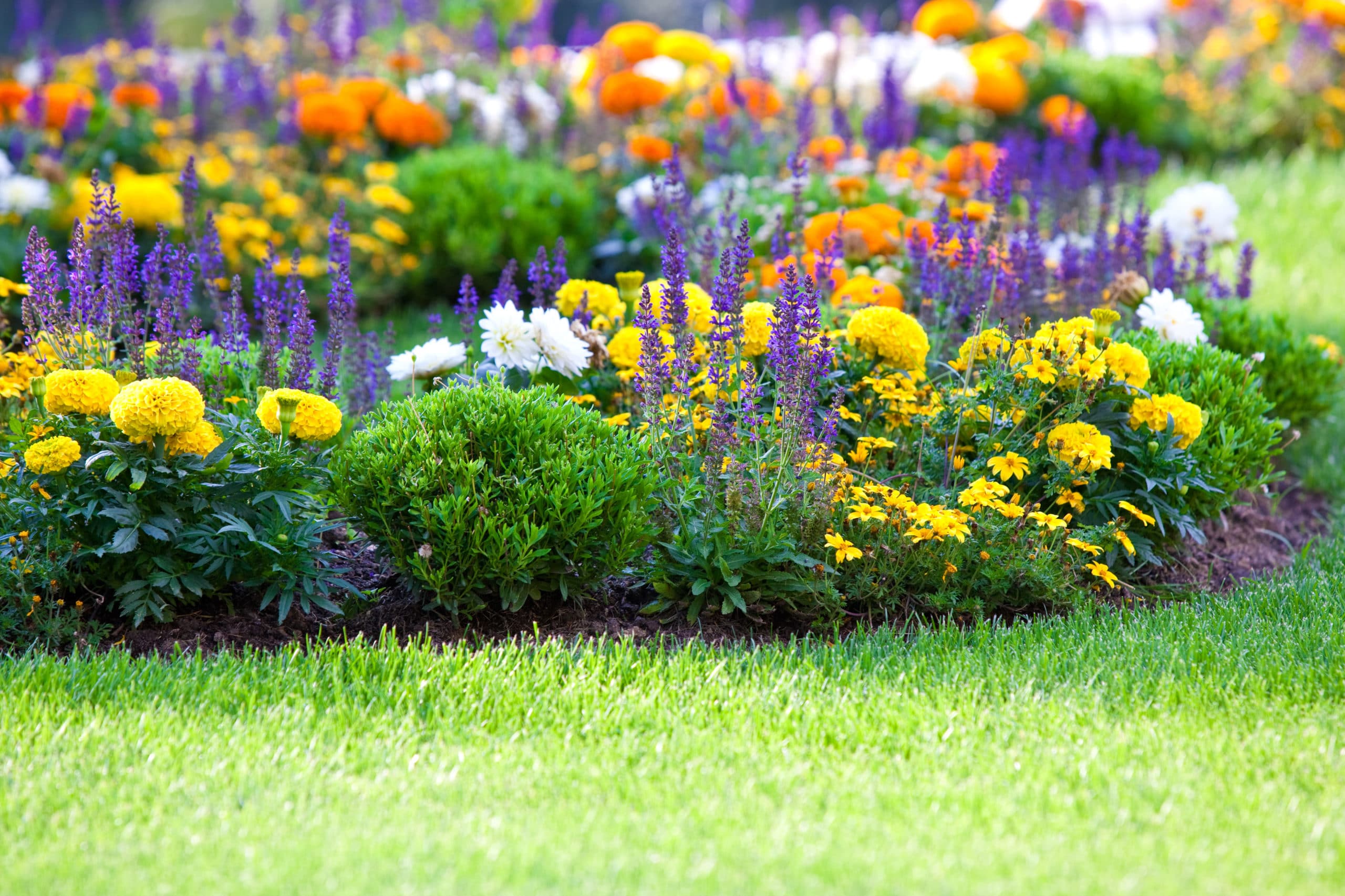
Why Your Perennials May Be Dying
Often, planting perennials leads to one of two problems: they spread so far, so fast that they’re hard to control and maintain; or they die after a season or two. If you’re among those who have planted beautiful roses or black-eyed susans expecting to see their colorful blooms this summer but have been disappointed, you’re not alone. Keeping perennial flowers alive and healthy for seasons can take just as much maintenance as replanting annual flowers. Here are some reasons why your perennials might be disappointing you:
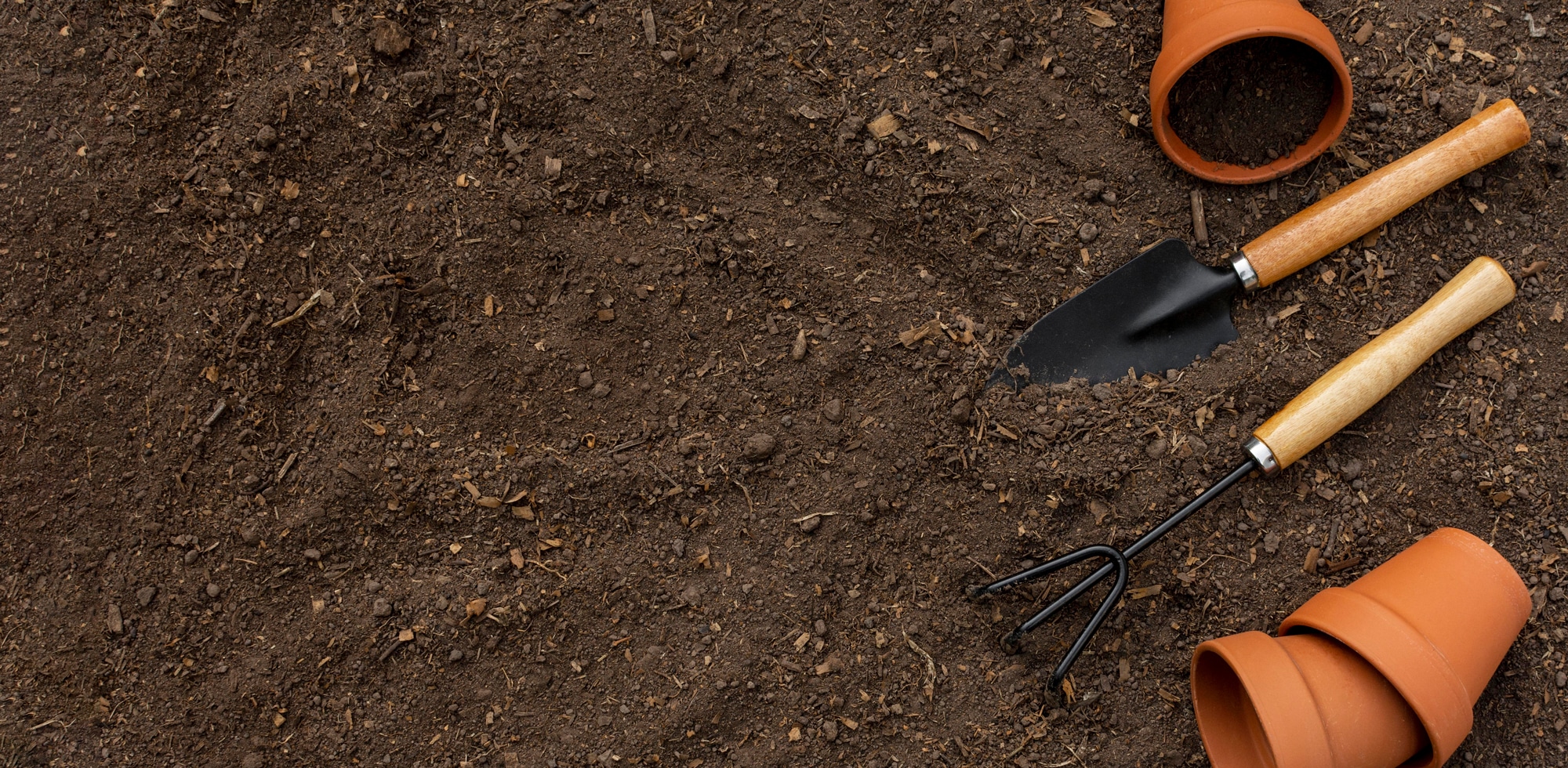
Bad Soil
You’d think the subject of dirt would be simple, but soil is incredibly complex. For plants to thrive, you need the right ratio of air and moisture, a good pH level, and healthy microbes just for starters. These factors change throughout your yard as well. For example, the acidity level in one area of your property might be perfect for your rhododendron while making your lilac bush look lackluster.
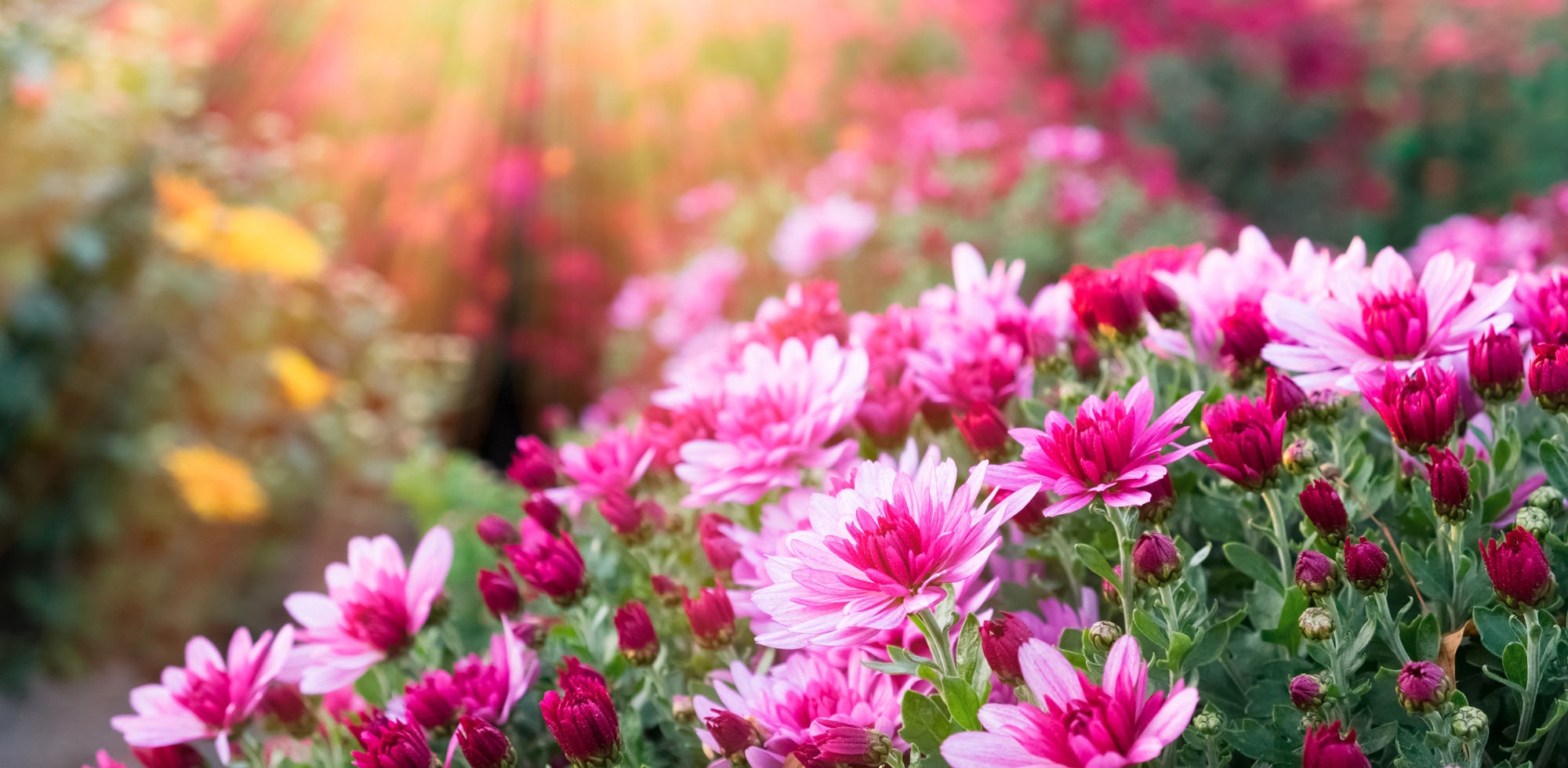
Bad Sunlight
Yes, most perennials need at least six hours of sunlight per day, but the time of day that the sun hits the plants matters as well. For example, if the sun is hitting your roses in the early morning, it dries the dew quickly and reduces the chance of fungal diseases. Also be mindful of the other plants and trees that continue to grow around your perennial flowers. The sunlight may have been adequate the year you planted them, but as surrounding plants grow taller and fuller season after season, your rosebush may be in need of transplant to a sunnier spot.
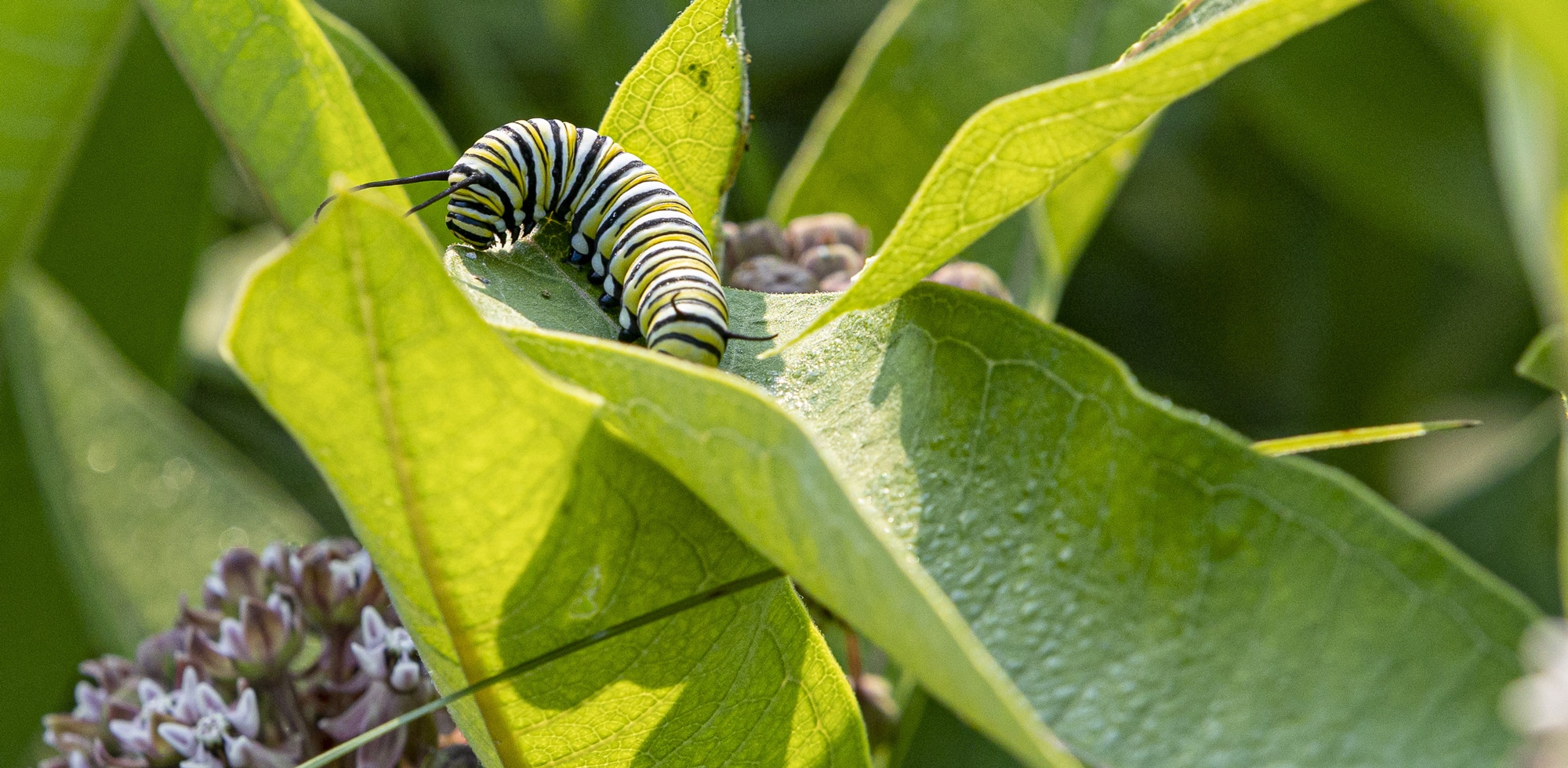
Bad Bugs
There are many different insects that can do various types of damage to your garden. Some bugs cause leaves to look puckered while others cause them to change from green to brown or gray. Pests like spider mites are almost invisible to our eye, but kill your plants by feeding on their juices, drying them out. If you’ve ever seen a little spider web on the underside of a leaf, you’ve seen proof of spider mites. If your flowers look wilted, you may be tempted to over water them when in fact caterpillars are at fault.
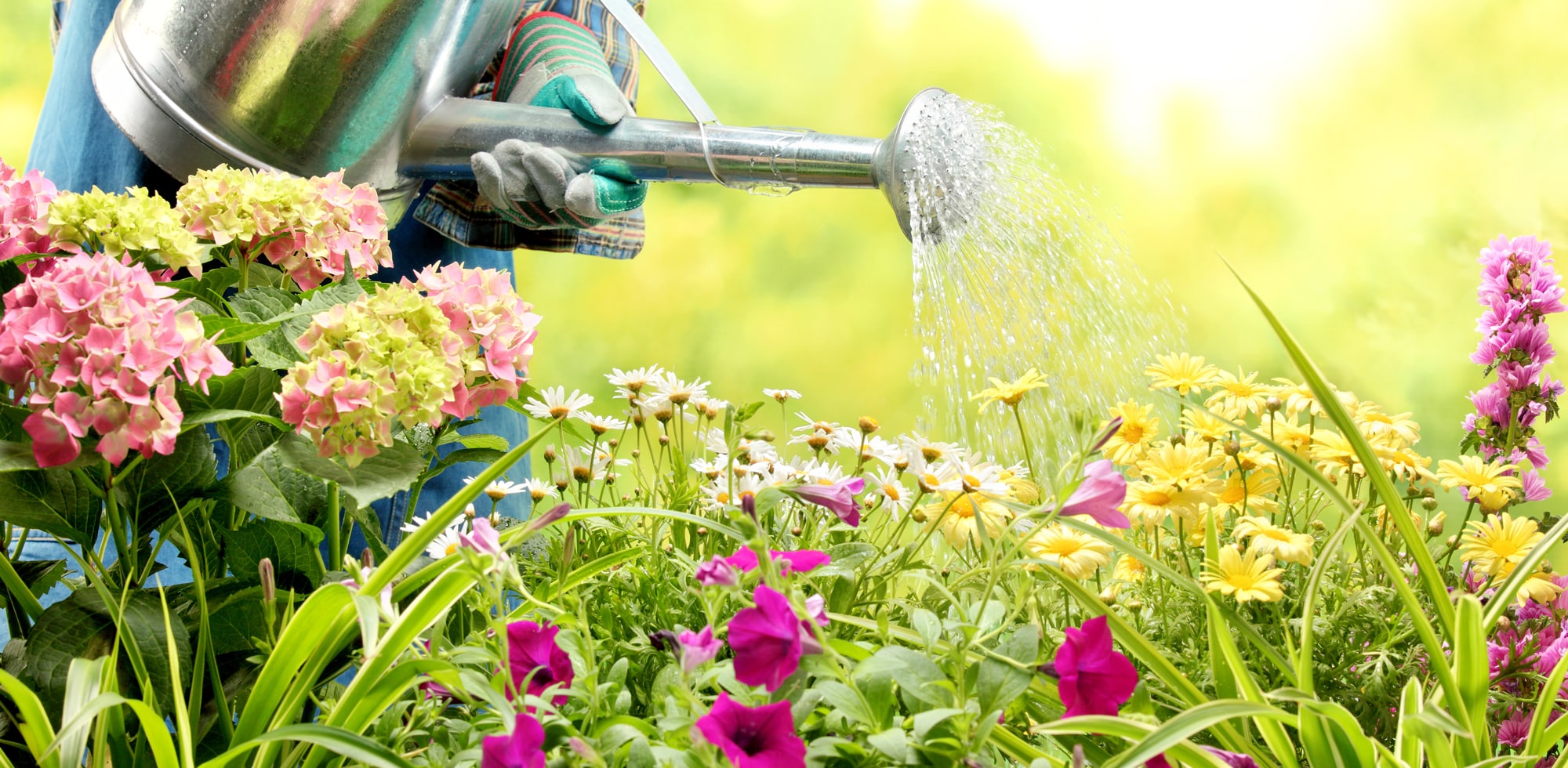
Bad Water
There are several factors involved in making sure your perennials get the right amount of water. It’s one thing to know your individual flowers’ water needs and use a hose or watering can as necessary, but knowing how deep to set the roots in the ground as you plant and ensuring there’s enough oxygen in the soil also plays a role in your plants having adequate water.
Work with Scott’s Lawn Care
Dying plants often have similar looking symptoms with extremely varying causes. To take care of all your lawn and gardening needs, we recommend the professionals at Scott’s Lawn Care. Let SLC do the work for you and give you the best care possible to grow your lawn to its full potential. Schedule a meeting and see what else we can do for you on our website: scottslawncare.net.
